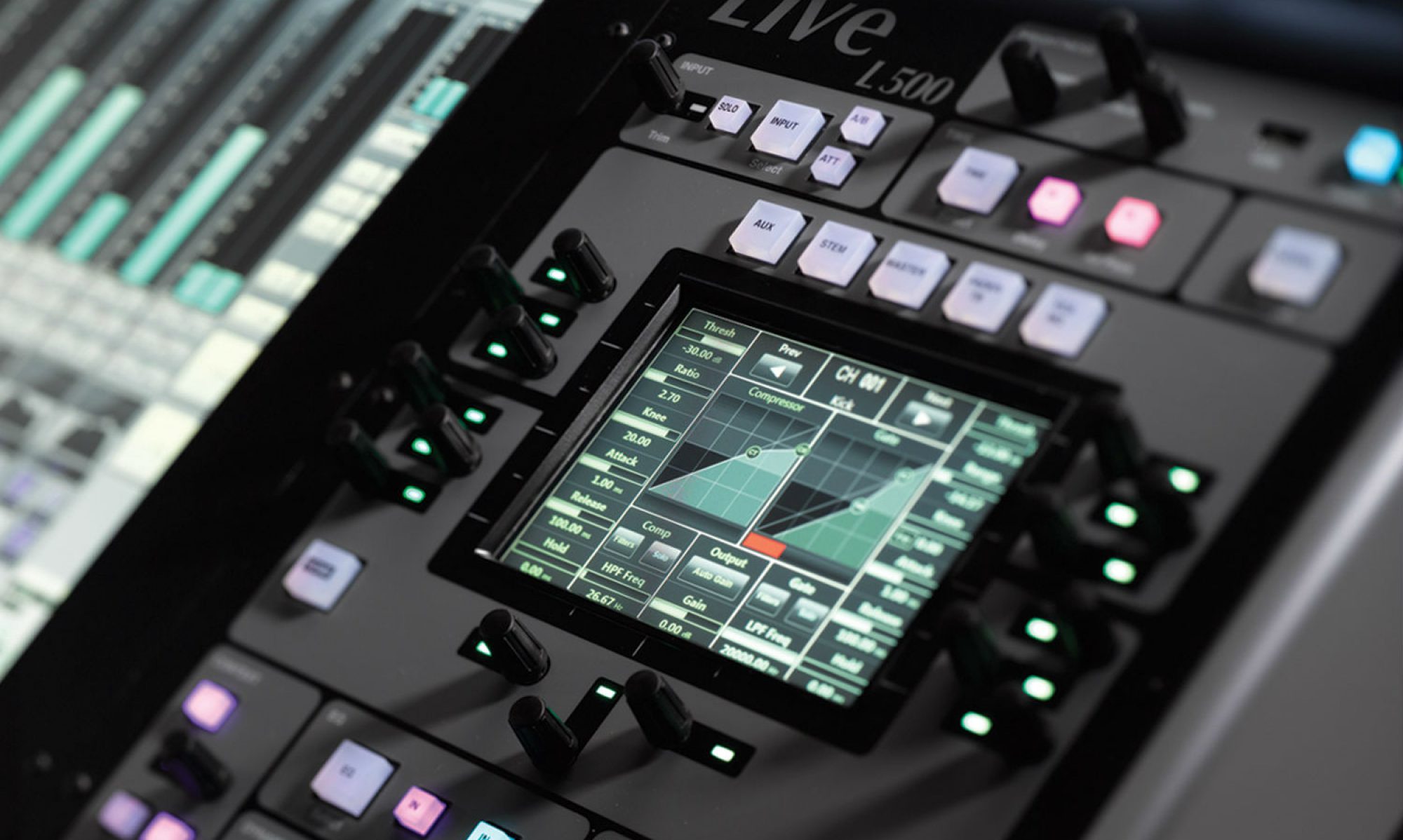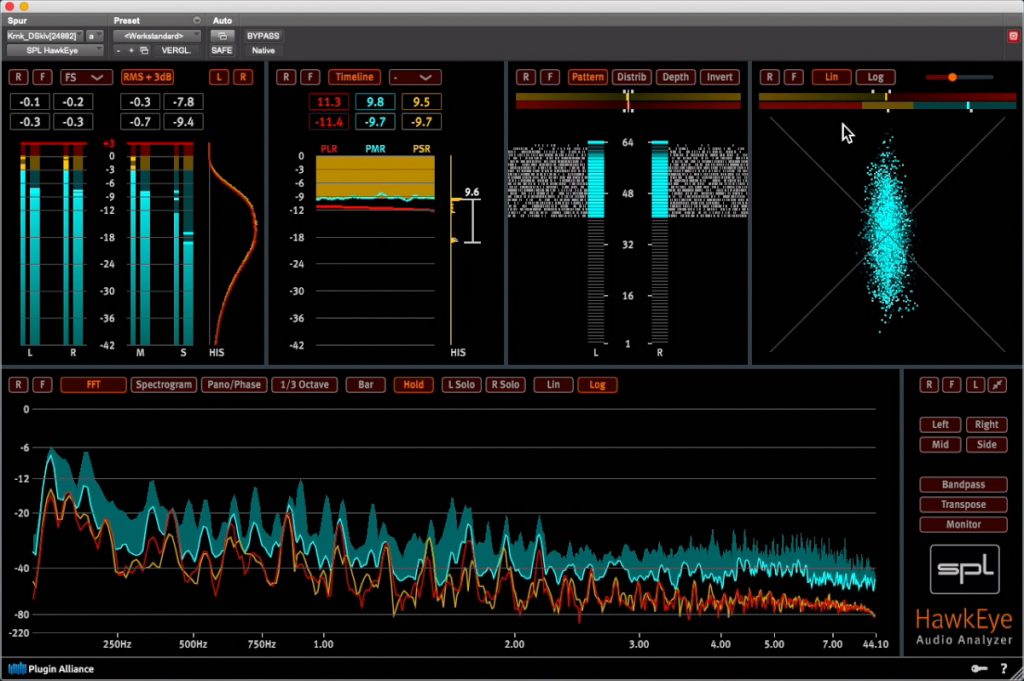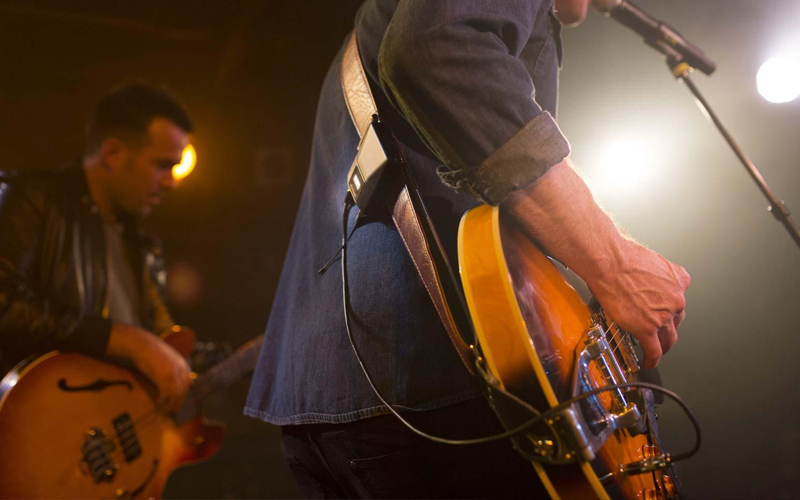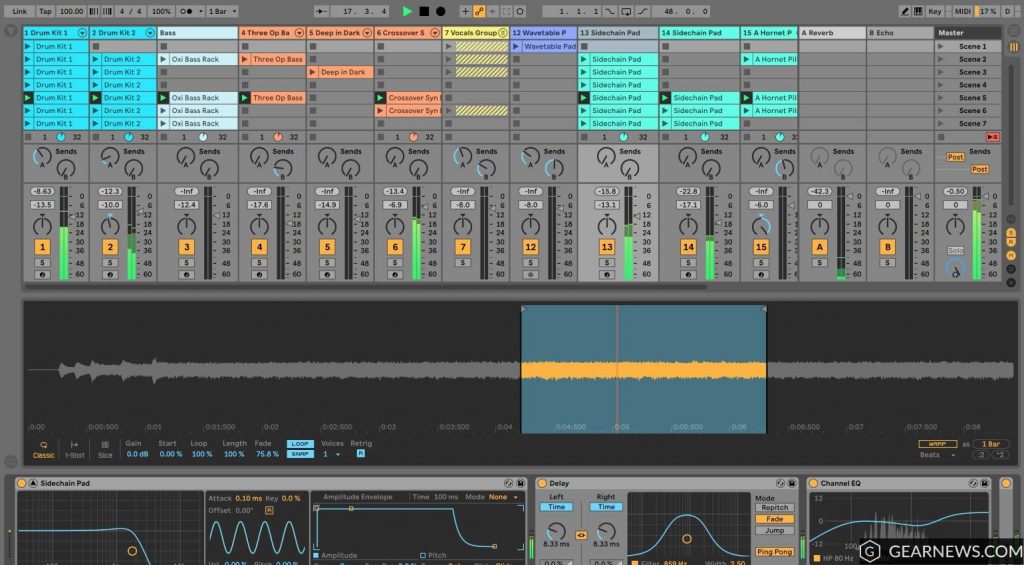Welcome back to this last week of our mixing to your culture series. We’ve been discussing what music culture is and what it looks like if you mix to your culture or against it, and this last week I’m going to mention a few things you should pay attention to at your next event as benchmarks for whether or not you are mixing to the context you are working in.
The first category is overall SPL. This can vary by a large margin. If you’re mixing a concert, there is almost no limit beyond that which is “mostly” safe for your audience. If you’re mixing in a small club, I’m betting your limitation will be the balance of your mix. If you regularly mix in a church like me, we shoot for 92 dbA one minute average. Whatever it is, there is a point to which people start covering their ears, complaining, and doing all the kinds of things we talked about last week. If you get to that point, put your ego aside and just turn it down. However, there is also times where people are coming back and telling you to turn it up, or to turn the subs up, etc, in which case, explore the possibility of giving it some gas if your gear can handle it.
The next indicator I see is where lead vocal sits in your mix. In the church world, the vocal is usually sitting on top of the mix uncontested while in the concert/touring world the vocals are very much embedded in the mix. Where does it sit for your venue? The toughest part of this is that it changes, almost weekly, and it varies based on musical styles and such. BGVs fall into this same argument. Do they get as much weight as an instrument, sit up a bit in the mix between the band and lead or do they get buried and just poke through here and there? Probably the hardest balance to maintain is what the band wants versus what the people want. Particularly in the church world you’ll have a band leader wanting one thing, leadership wanting another, and the congregation wanting something completely different. But that is our job as an audio engineer. Our job is to balance all of those choices with an average. A true “mix” of all the opinions.
Guitars are also another indicator of culture. This is usually dependent on the genre of music. When it comes to classic rock, the guitar is the lead all the time but in pop or more modern rock it gives way to other sources from time to time. How much you use them is also dependent on where the amp is located (is it isolated allowing you to mix them up a bit or on the stage and only needs a touch of clarity?). This is where listening to demos of the artist your going to be recording or mixing to see where they lay it in the mix. Being well prepared, especially in this area means knowing what the band is going to ask for before they ask for it and in my experience, this is an area you can nail with just a little bit of effort.
The last area I wanted to highlight is the use of backing tracks. Sometimes it’s strings, sometimes it’s a synth, sometimes a banjo, and sometimes it’s all of the above. Regardless of what the pre-recorded tracks are, it’s important to know from the band how they should fit in. Some bands use them to fill in gaps in their instrumentation that they just don’t have and others use them occasionally to be the soloist during the instrumental (i.e. power synth or synth bass). Understanding the context they are in as well as what the tracks are designed for can really help you feel out how they should be mixed into the overall sound. This is also where a lot of the creativity as engineers can come into play as you experiment with what could fill in here or there and feel out the musicality of the songs that are being played.
Well that’s it for this week and this series. Hopefully these last three posts have made you aware of the culture you are mixing in and maybe even inspired courage to try new things and adjust accordingly. As audio engineers, we are ultimately mixing for our audience in support of our musicians. So I challenge you the next time you step behind the console, think critically about the content you are creating. Make sure that it fits within the culture and context of music that you are performing. As always reach out to me at daniel@studiostagelive.com or leave a comment on facebook. If you have enjoyed what you have been reading hit me up at this link to subscribe to my blog and get an email when new content is posted. Happy mixing!




Great article Daniel.
This Speaks volumes.